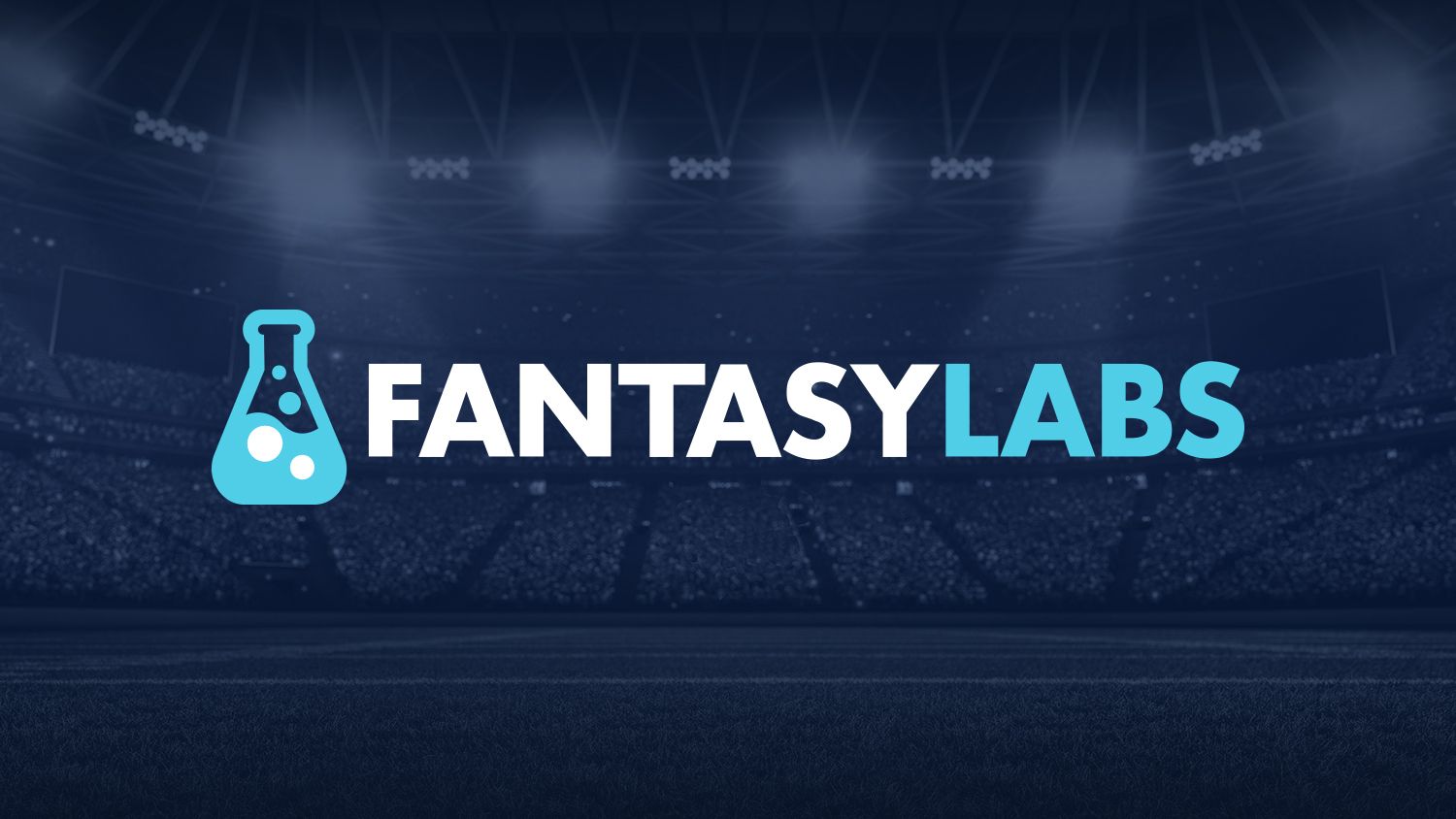As DFS players, we spend most of our time looking forward to the next slate, the next season, etc. Equally important, though, is looking back. Figuring out the thought process that leads to winning lineups is crucial. That’s what makes us better players long term.
We had another small-entry player take down the Millionaire Maker in Week 3, with bruceleeroygreen33 taking down the top prize with one of their three lineups — the other two of which also cashed. We’ll look below and see how they did it.
Our winner this week was bruceleeroygreen33:
The Lineup

The Stack
For the second week in a row, a stack based around a cheap quarterback made its way into the winning Milly Maker lineup. This time, it was Sam Darnold and the Vikings. They routed the Texans 34-7, with Darnold throwing four touchdown passes.
I was high on Darnold coming into the week thanks to the matchup and game environment, noting that I preferred him to Daniel Jones at a similar price point. Justin Jefferson was a very obvious stacking partner as well.
The unique part of this stack was two-fold. First, they included running back Aaron Jones, who had easily his most productive day of the season. Not only was Jones the number two option in the passing game, but he added 19 carries for 102 yards on the ground.
This lineup also didn’t include a Texans bring-back, which is how we’d normally build around a game. In retrospect, pairing a QB and a RB is effectively a bet on a blowout — a team goes up big through the air then grinds it out on the ground while maintaining the lead — so it made sense to build that way.
Other Correlations
Outside of the main stack, the only correlated play was the RB/WR pairing of Kyren Williams and Juan Jennings in the 49ers/Rams game. Running Backs have a stronger correlation with opposing receivers than any position except opposing quarterbacks — nearly double the rate of the popular RB/Defense pairing.
Jennings was an interesting pick in his own right. Injuries to three of the 49ers primary pass catchers (Christian McCaffrey, Deebo Samuel, and George Kittle) had the field piling on Jordan Mason and Brandon Aiyuk, but Jennings was considerably less popular despite arguably benefiting more from the workload increase.
It was also a classic “flop lag” spot on Williams, who was mediocre as a semi-popular play in Week 2, then went off in Week 3 at much lower ownership. There’s a lot of value in players who were popular letdowns the prior week. Whatever factors made them strong the week prior are often still there, while ownership is suppressed by the bad taste they left in the mouths of those who rostered them.
The Chalk
There weren’t any massively chalky plays in the lineup this week, with Zach Charbonnet leading the way at 21.9%, followed by the Bucs defense at 15.8%.
Charbonnet was a solid play on paper in relief of the injured Kenneth Walker, though his price tag was high enough not to be an obvious value. I called him the GPP pivot from the 49ers Jordan Mason in my Week 3 Breakdown, so he was a logical play in a lineup that featured Jennings instead of the more popular San Francisco options.
Defense remains a crapshoot, with the Bucs projecting well, being somewhat popular, and then having a bad game. This lineup did well enough elsewhere that it didn’t matter, but it would’ve been a more comfortable win with many other defenses instead.
The lesson remains the same there: try to avoid chalky defenses. Projections have a much lower degree of confidence than at other positions, so the leverage is more valuable than a bit of projected median or ceiling.
Be sure to check out all the pick’ems Sleeper has to offer with Sleeper promo code LABS1 for a $100 deposit match.
The Sleepers
Outside of the low-owned backs mentioned above, this lineup included Diontae Johnson and Dallas Goedert. Neither were massive surprises, but both went mostly overlooked by the field despite the obvious bull cases that were present.
Johnson has always been a valuable player in full PPR formats — when he has a quarterback capable of getting him the ball. The move from Bryce Young to Andy Dalton in Carolina provided just that, with “the Red Rocket” connecting eight times on 14 targets to Johnson.
Philadelphia was also shorthanded at pass catcher, with AJ Brown and Britain Covey missing the game. That left very little behind Goedert and DeVonta Smith — who left the game with a concussion in the third quarter.
It was all Goedert after that, but he was having a fine day before that moment too. It took a bit of luck for Goedert to post the massive score he did, but he still should’ve been rostered more at a very thin tight end position.







